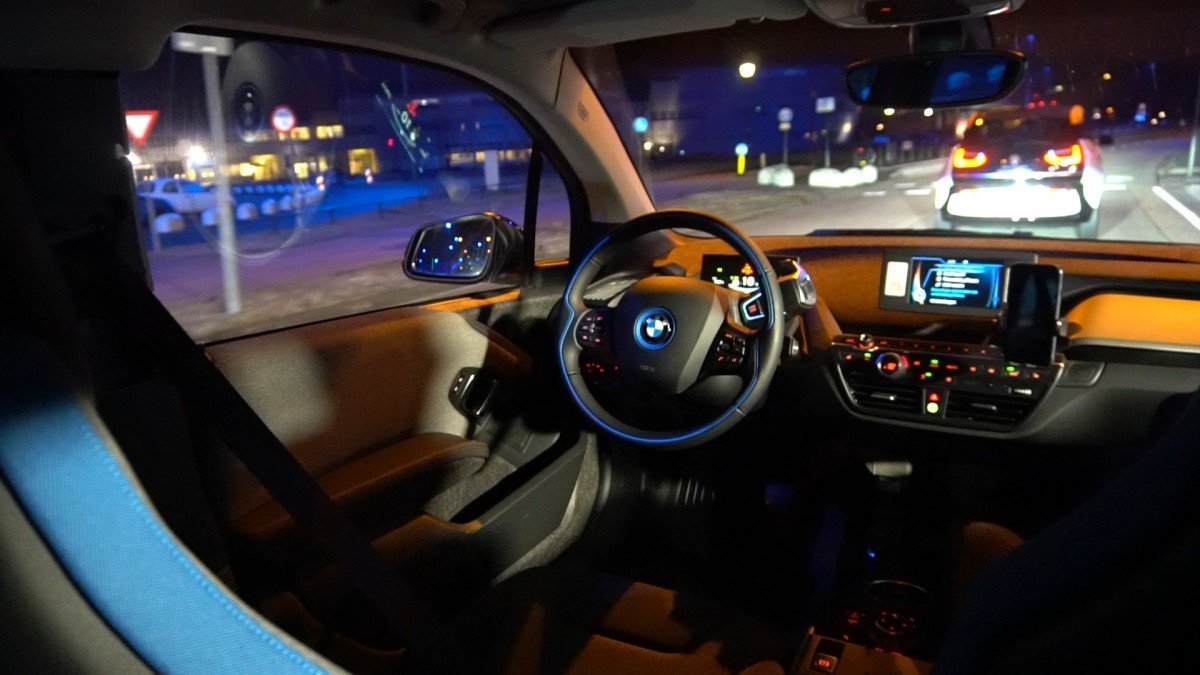
The Automotive Photonics Conference aims to bring the automotive industry and the world of photonics closer together. According to photonics professor Ifelfonso Tafur Monroy, the technique is crucial for the further development of autonomous cars and the Brainport region could play an important role in this.
Photonics Applications Week
Monroy will be speaking at the conference, which will be held on 2 October at the Automotive Campus in Helmond. The conference is part of the Photonics Applications Week(30 September – 4 October), where various industries will be able to discover what the promising combination of light and electricity has to offer their sector.

Plenty of attention
Professor Monroy is a specialist in terahertz technology which photonics uses. ‘Terahertz frequencies have received a lot of attention lately because of their advantageous properties,” he explains. The frequencies are used, for example, in detection ports at the airport and in the detection of fake medicines, but are also suitable for very fast data transfer.
Mobile data center
According to Monroy, photonics offers a solution for this kind of data communication. Autonomous cars process a lot of data. It’s really about petabytes. Every car will become a small data center this way. Communication with other cars and systems requires very fast connections. You need wireless technology in order to exchange that data efficiently and that means you soon end up with terahertz technology.
A question of …
How great the role of photonics will be, is difficult for the professor to say exactly. Autonomous cars must be able to function under a wide variety of conditions, which means that they will also use a combination of technologies. It also depends on the need for autonomous systems. In the beginning you may be able to do without these systems, but as we develop more and more advanced systems, we will need this technology more and more.
Sensors
Another major application for photonics within the automotive industry can be found in sensors. Evert Schaeffer, TomTom’s European Head of Product Management, explains how the company is already applying the technology in autonomous mobility services. Schaeffer will speak at the conference next week as well. Our network of test vehicles features photonic phase sensors (so-called LIDAR sensors – LIDAR stands for ‘Light Detection and Ranging‘) that map out the environment by turning it into a digital point-to-point network. This data is used to make maps, but can also be used in consumer vehicles with self-driving functions, i.e. in order to pinpoint the exact location of the car on the map.’.
Potential
“Expectations are that increasingly more photonic sensors will be used for advanced autonomous functions,” Schaeffer continues. “I now see a number of manufacturers with cars on the market which already contain these sensors. It remains to be seen how this will develop, but the potential is certainly there. However, we need to make a breakthrough in terms of costs. Current sensors are quite expensive. A number of technological breakthroughs are still needed to get that to a good level.”
Investment and management
Monroy is in agreement. “Major investments are required in order to put together the pieces of the puzzle and really get production off the ground. You need pioneers in order to be able to make this happen. The Province of Noord-Brabant has all the elements: the companies and test locations on the one hand, and the universities with the know-how on the other. The only thing missing is a bit of supervision, a conductor who can lead the orchestra. With more investment and direction, we have the potential to really become a major player in the field of photonics.”
Want to know more about the Photonics Applications Week? Read more about it here.

